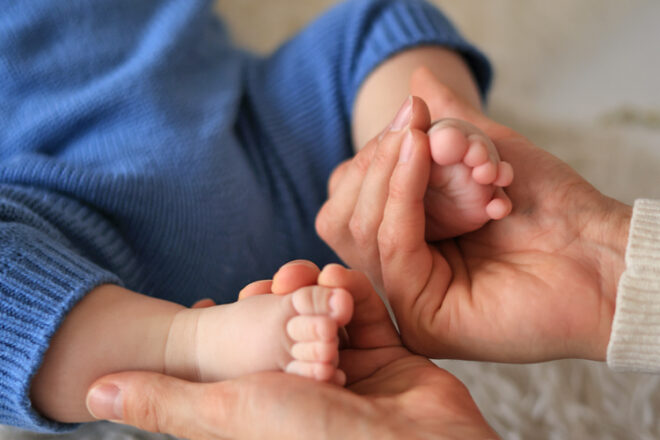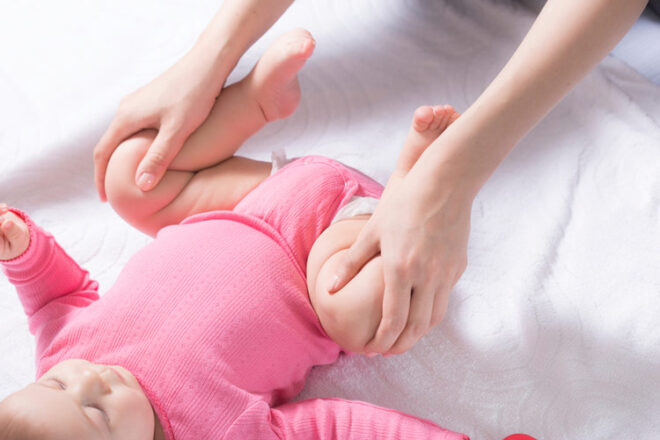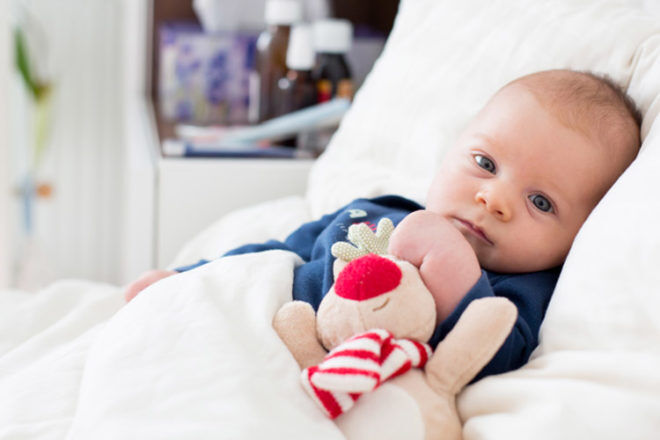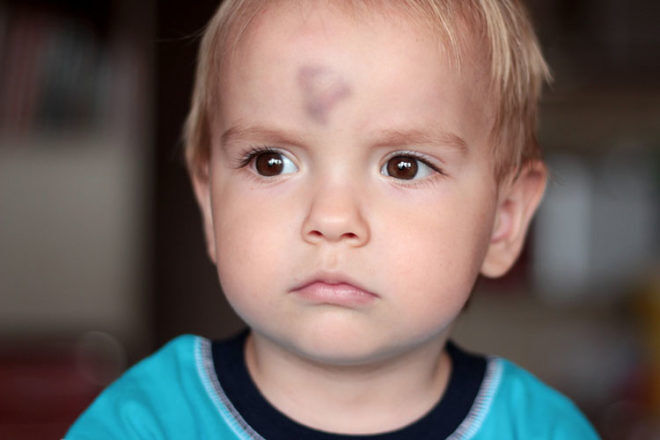
When toddlers start toddling there’s going to be plenty of knocks to the head. While eggs on noggins may be commonplace, parents should know the difference between a minor bump and a serious injury.
We’ve consulted with the Murdoch Childrens Research Institute (MCRI) to put together a helpful guide on how to best treat your child’s head injury.
Child head injuries unravelled
The MCRI recommends getting medical help if your child has had a hard bang to the head, such as falling off something high or from a car accident, your child loses consciousness (passes out) or your child seems unwell and vomits several times after hitting their head.
What is a mild head injury or concussion?
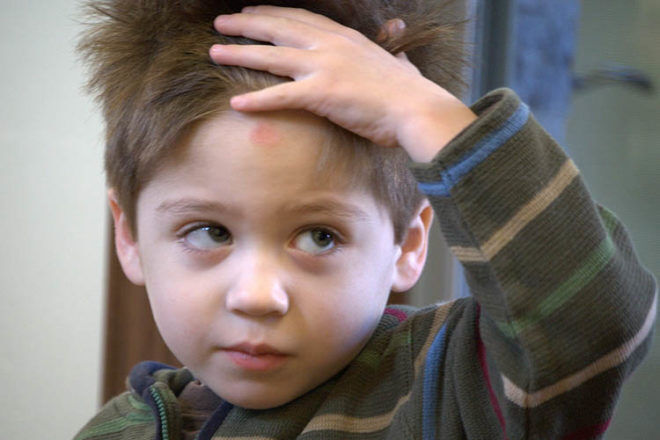
image via Flickr/ Lindsay Shaver
The Royal Children’s Hospital recommends that if your little one has had a knock to the head, keep an eye out for these signs of mild injury:
- May display altered level of consciousness
- Is alert or interacts with you
- May have vomited
- May have bruising or cuts on their head
- Is otherwise normal
A fall from the child’s same height onto a soft surface, or a little bump, generally should only cause a mild injury. Treat these with cuddles and a child pain medication, but always keep a close eye to make sure your child does not get worse.
What is a moderate head injury?
If your child displays these signs of a moderate head injury, you should call for an ambulance immediately:
- Has lost consciousness for a brief period of time
- Is alert and responds to your voice
- Has vomited two or more times
- Has a persistent or recurring headache
- Experiences visual disturbance
- May have had one brief seizure, convulsion or fit straight after the head injury
- May have a large bruise, lump or cut on their head
- Has confusion, loss of orientation to person, place or time, or memory loss
Falls that need a doctor’s attention include falls from a change table or bed onto a hard floor, a head bump on a hard coffee table or bedside drawers, a fall down stairs and any other heavy fall where your child does not cry right away.
What is a severe head injury?
If your child has any of these symptoms after a knock to the head, call an ambulance immediately:
- Has lost consciousness for a prolonged period, or has an ongoing decreased conscious state
- Experiences visual disturbance
- Is drowsy and does not respond to your voice
- Has other significant head injury signs, such as unequally sized pupils or arm and leg weakness
- Has something stuck in their head
- Has a second seizure, convulsion or fit, other than a single brief one when the injury happened
- Has confusion or loss of orientation to time, person or place, or memory loss.
What happens when your child goes to hospital for a head injury?
MCRI researchers have just identified the best way to diagnose children’s head injuries, in a bid to reduce radiation exposure from CT scans.
MCRI Associate Professor Franz Babl tells Mum’s Grapevine a recent study was aimed at deciphering the best way to work out which children with head injuries need CT scans.
Based on the findings, the researchers are now looking to develop a national approach for treating children with head injuries.
What to look for as your child recovers from head injury
Once your child has been assessed and treated by a doctor, you’re probably still going to be worried about them for some time.
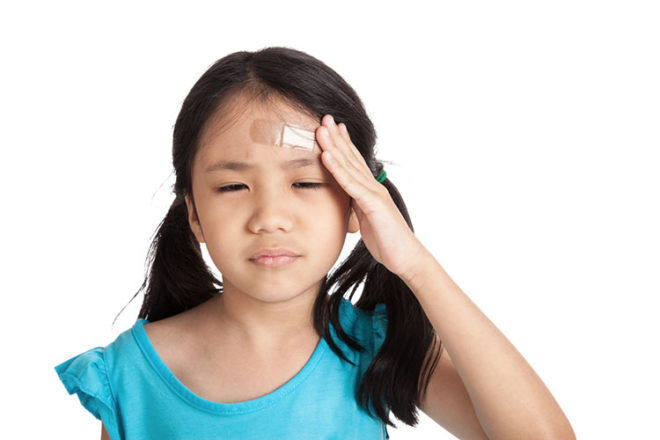
The Royal Children’s Hospital says parents should look out for the following symptoms for a few weeks after their child has suffered a head injury:
- Headache – if pain isn’t relieved by paracetamol, seek medical advice.
- Vomiting – if the vomiting continues, go back to your doctor or hospital.
- Drowsiness or fatigue – children should get lots of rest and sleep, but if they don’t get their energy back, pay another visit to the doctor. If you’re finding it hard to wake your child, take them to your nearest hospital or call an ambulance.
- Arm or leg weakness – any new weakness or existing weakness worsening should be investigated by a doctor immediately.
If your child shows any of the following symptoms, take them back to the doctor or hospital immediately:
- Bleeding or discharge from the ear or nose
- Fits/seizures/twitching/convulsions
- Blurred or double vision
- Poor coordination or clumsiness
- Difficulties swallowing, or coughing when eating or drinking
- Sensitivity to noise
- Unusual or confused behaviour – Ask your child these questions, and if you’re concerned about their answers take them back to the doctor or hospital:
- Where are you?
- What is your name?
- What day is it?
- Is it day time or night time?
- How old are you?
- Do they know familiar people’s names?
More information can be found via the Royal Children’s Hospital. For help with home safety with kids, make sure you take a look at our safety gate guide and how to help a child who is choking.
